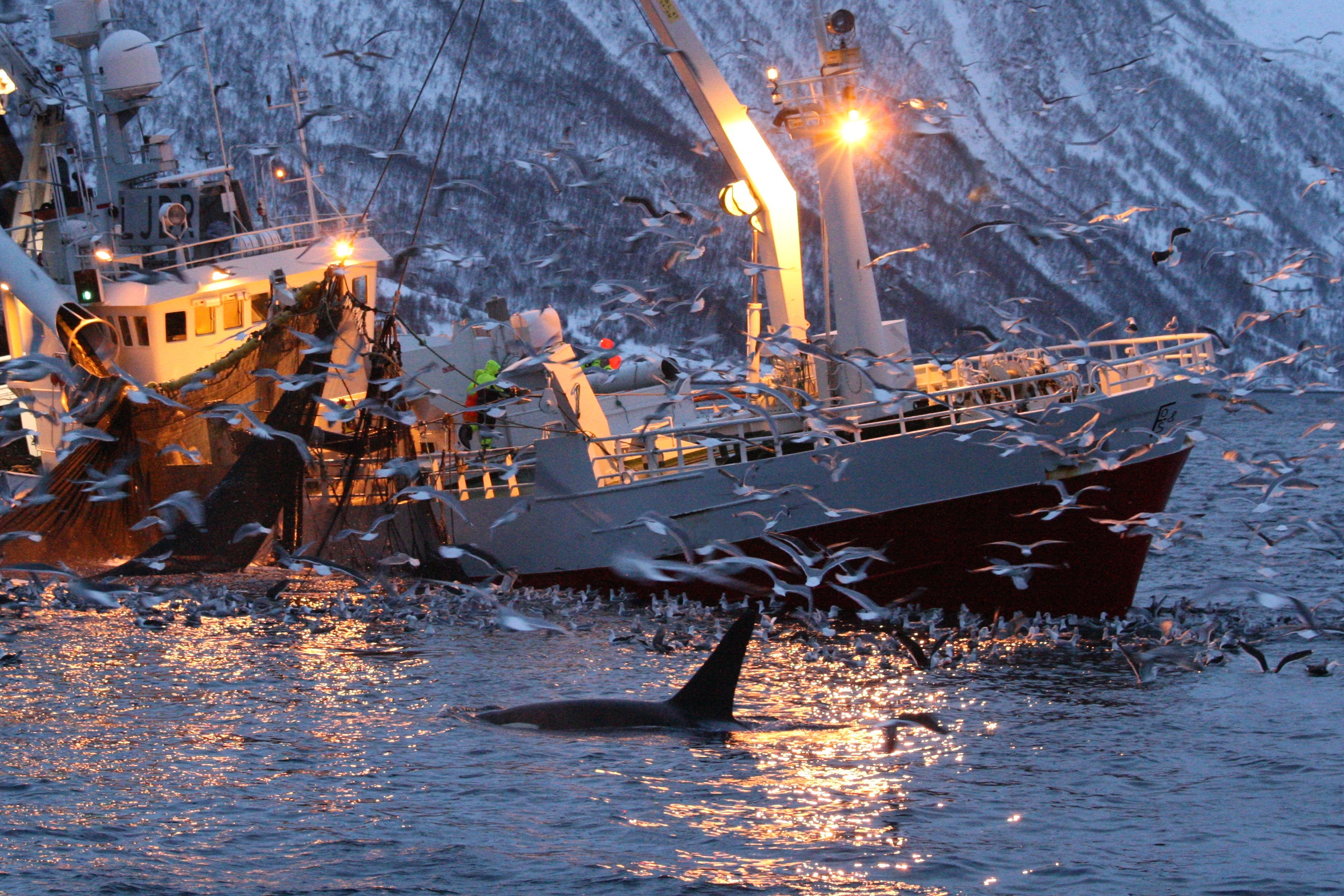Climate crisis ‘intensifying’ conflicts between humans and wildlife
Growing evidence suggests heatwaves, droughts and other extreme events can boost lethal clashes between people and wildlife, scientist argues
The climate crisis could be “intensifying” conflicts between humans and wildlife, a biologist has warned.
Both extreme climate events and the long-term impacts of global heating, such as Arctic ice loss, could be boosting lethal clashes between people and animals, according to Dr Briana Abrahms, an assistant professor of biology at the University of Washington.
Writing in the journal Science, Dr Abrahms argues there is growing evidence to suggest that extreme weather events such as droughts, heatwaves and wildfires could lead to more clashes between humans and wildlife.
“Here in the American west, we’ve just been having a huge rise in extreme wildfires. When that happens, animals are forced to escape the forest and often end up moving into human-dominated areas,” she told The Independent.
“I’ve heard a lot of anecdotal stories of people seeing bears and other large carnivores moving into their area to escape fires – although, to my knowledge, this hasn’t yet been looked at in a large scientific study.”
Researchers have previously recorded an increase in elephant attacks on humans following extreme droughts in India, she added. This is likely because droughts cause widespread damage to plants, which can lead to elephants entering human areas to find food, she explains in her paper.
Separate research has found a link between marine heatwaves and increased conflict between large whales and humans.
“In 2015 and 2016, there was a dramatic rise in the number of whales entangled in fishing gear off the west coast of the US,” Dr Abrahms said. “[At the same time], there was an unprecedented marine heatwave off of the coast of North America.”
The heatwave drove changes to the distribution of fish, which likely caused whales and fishing communities to come into closer contact, she explained. This “created a perfect storm of overlap and led directly to a rise of whale entanglements”.

Though not every climate extreme is linked to the climate crisis, a growing body of evidence suggests that human-caused warming is making many types of extreme weather events more intense and more likely to occur.
“What we do see globally is a very, very strong increase in the likelihood of heatwaves to occur,” Dr Friederike Otto, a leading extreme weather expert and associate director of the Environmental Change Institute at the University of Oxford, told an event held by The Independent on Wednesday evening.
“The changes in other types of extreme events are smaller but we also see increases in the likelihood and intensity of extreme precipitation. And especially in already dry regions, we see an increase in drought.”
Long-term changes associated with the climate crisis could also be exacerbating conflicts between people and wildlife, Dr Abrahms added.
She pointed to a previous study finding that conflicts between humans and polar bears tripled over a 30-year period in Canada’s Hudson bay as sea ice levels declined, forcing bears to spend more time on land.
Meanwhile, separate research conducted in the Himalayas found that temperature rise had forced blue sheep to move to lower elevations – leading them to damage crops relied on by local subsistence farmers.
Though there are several examples of how the climate crisis could be exacerbating human-animal conflicts around the world, more research is needed to fully understand the links, Dr Abrahms added.
“We need to be looking at how widespread this is,” she said.
“A more concerted effort by scientists to consider the influence of climate change on these conflicts could help us anticipate when these conflicts occur – maybe even avoid them.”
Join our commenting forum
Join thought-provoking conversations, follow other Independent readers and see their replies
Comments
Bookmark popover
Removed from bookmarks